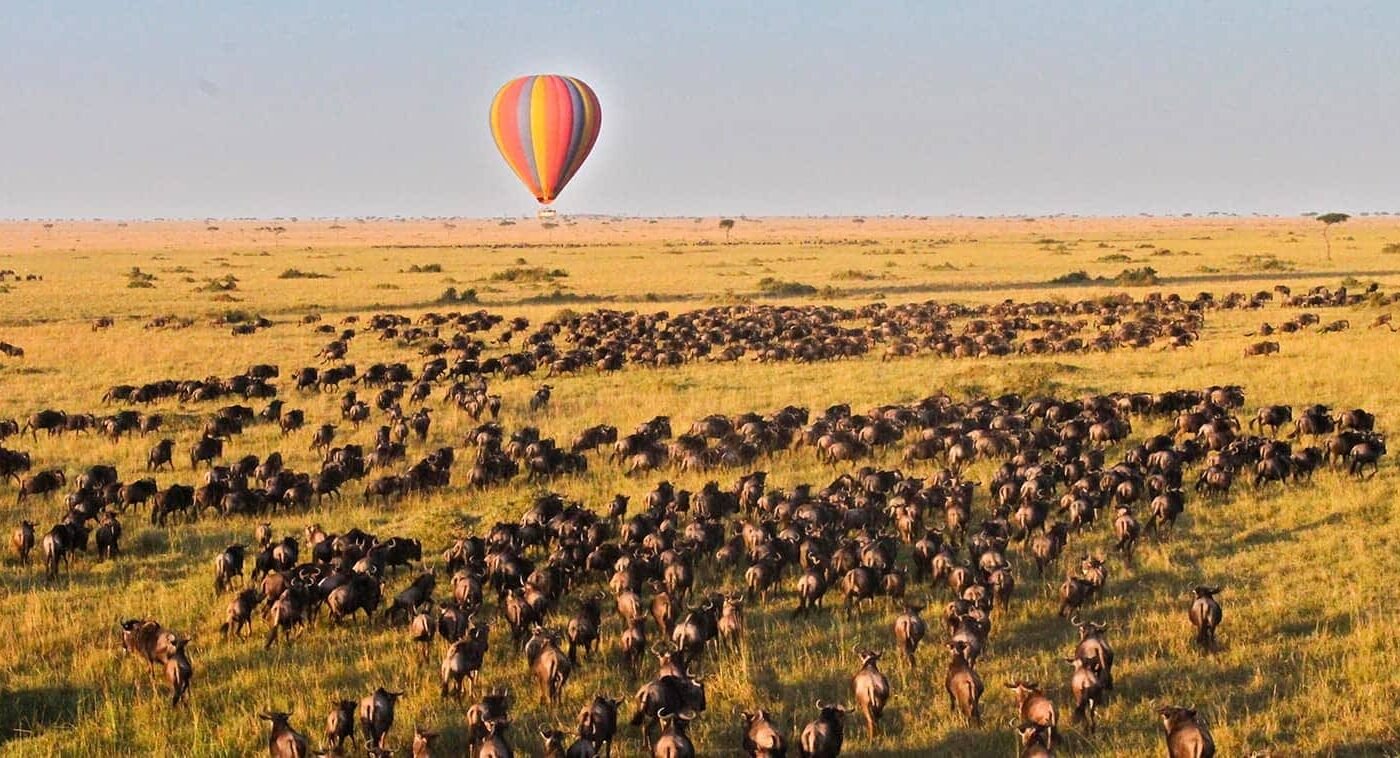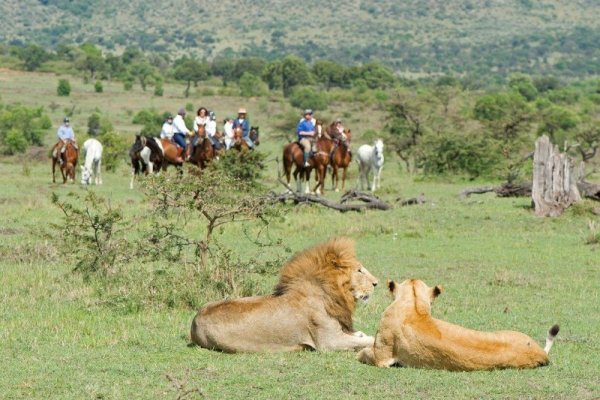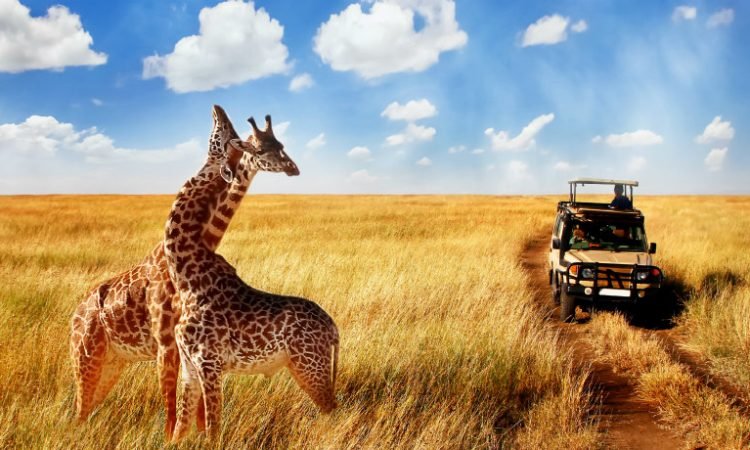The Serengeti is one of Africa’s most iconic wildlife destinations, celebrated for its breathtaking landscapes, abundant wildlife, and the legendary Great Wildebeest Migration. Located in northern Tanzania, this UNESCO World Heritage Site offers an unforgettable safari experience and draws nature lovers and adventurers from all over the world.
In this blog, we’ll dive into what makes the Serengeti a wildlife paradise, covering everything from its history and geography to the amazing animals that call it home.
Table of Contents
- Introduction to the Serengeti
- The History of the Serengeti
- Geography and Climate of the Serengeti
- The Great Wildebeest Migration
- Diverse Wildlife of the Serengeti
- Birdlife in the Serengeti
- Predators of the Serengeti
- Safari Experience in the Serengeti
- Conservation Efforts and Challenges
- Best Time to Visit the Serengeti
- Conclusion
1. Introduction to the Serengeti
The Serengeti National Park is one of the largest and most famous ecosystems in the world. Located in northern Tanzania, it also extends into Kenya, where it becomes the Masai Mara. Covering nearly 30,000 square kilometers, the Serengeti is famous for its endless grasslands and thriving wildlife, offering visitors a chance to see Africa’s “Big Five” – lion, leopard, elephant, buffalo, and rhino.
The name “Serengeti” comes from the Maasai word meaning “endless plains,” perfectly capturing the vast, open landscapes of the park.
2. The History of the Serengeti
The Serengeti has been home to the Maasai people for centuries, who have coexisted peacefully with its wildlife. However, the arrival of European settlers in the early 20th century led to overhunting and a decline in wildlife populations. In response, the Serengeti was declared a game reserve in 1921, and in 1951 it became a national park.
Today, the Serengeti is one of the world’s most important conservation areas, protecting a wide range of species and preserving the natural beauty of Tanzania for future generations.
3. Geography and Climate of the Serengeti
The Serengeti’s geography is as diverse as its wildlife. The park is made up of vast grasslands, rocky outcrops (called kopjes), riverine forests, and scattered woodlands. These habitats support a wide variety of wildlife, making the Serengeti one of Africa’s richest ecosystems.
The climate is tropical, with two main seasons: the dry season (June to October) and the wet season (November to May). The dry season is the best time for game viewing, as animals gather around water sources and the grass is shorter, making them easier to spot.
4. The Great Wildebeest Migration
The Great Wildebeest Migration is one of nature’s most incredible spectacles, often called “The Greatest Show on Earth.” Every year, over 1.5 million wildebeests, along with zebras and gazelles, embark on a circular journey across the Serengeti and into the Masai Mara in search of fresh grazing land.
This migration covers nearly 1,000 kilometers and is full of challenges, including river crossings where wildebeests must navigate through crocodile-infested waters. The migration is a year-round event, but the most dramatic moments occur during the river crossings between July and October.

5. Diverse Wildlife of the Serengeti
The Serengeti is home to an astonishing variety of animals. Beyond the iconic Big Five, the park supports over 70 large mammal species and more than 500 bird species. The plains are filled with herbivores like wildebeests, zebras, and gazelles, while elephants, hippos, and giraffes roam across the park’s different terrains.
The Serengeti is also home to countless smaller animals, including reptiles, amphibians, and insects, making it one of the most biodiverse areas in Africa.
6. Birdlife in the Serengeti
Birdwatchers will find the Serengeti to be a paradise, with over 500 bird species inhabiting the park. From the majestic ostrich to the graceful crowned crane, the birdlife here is as diverse as it is beautiful.
During the wet season, migratory birds from Europe and Asia flock to the Serengeti, adding even more variety to the already rich birdlife. The park’s wide array of birds, both large and small, provides plenty of opportunities for birdwatching enthusiasts.
7. Predators of the Serengeti
The Serengeti is one of the best places in the world to see Africa’s top predators in action. Lions are the most dominant, living in large prides and often seen hunting in the grasslands. Leopards, though more elusive, can be found resting in trees during the day, while cheetahs are often spotted sprinting across the plains in pursuit of prey.
Other predators include hyenas, which scavenge on kills made by lions and cheetahs, as well as jackals and various species of eagles and vultures, which play a crucial role in the Serengeti’s ecosystem.
8. Safari Experience in the Serengeti
A safari in the Serengeti is an unforgettable experience. Whether you’re on a game drive, exploring on foot during a walking safari, or floating above the plains on a hot air balloon, there are many ways to witness the beauty of this wildlife paradise.
Most safaris include morning and evening game drives, as animals are most active during these times. For a unique perspective, hot air balloon safaris allow you to watch the sun rise over the Serengeti’s vast plains, providing breathtaking views of the landscape and wildlife below.
9. Conservation Efforts and Challenges
While the Serengeti is a protected area, it faces several conservation challenges, including poaching, habitat loss, and human-wildlife conflict. Anti-poaching efforts and conservation programs have helped protect species like elephants and rhinos, but there is still more work to be done.
Tourism plays a key role in funding conservation efforts, as park fees and safari bookings support wildlife protection and community programs. However, infrastructure projects like proposed roads through the Serengeti pose ongoing threats to the park’s ecosystem and migration routes.
10. Best Time to Visit the Serengeti
The Serengeti is a year-round destination, but the best time to visit depends on what you want to experience. The dry season (June to October) is the best time for wildlife viewing, as animals congregate around water sources and the sparse vegetation makes it easier to spot them.
If you want to witness the Great Migration, the timing depends on the stage of the migration. The calving season happens between January and March, while the dramatic river crossings occur from July to October.
11. Conclusion
The Serengeti is a wildlife paradise like no other, offering visitors the chance to experience Africa’s iconic animals and landscapes up close. From the incredible spectacle of the Great Migration to the predators that roam the plains, the Serengeti provides an unforgettable safari experience.
With its rich biodiversity, stunning landscapes, and dedication to conservation, the Serengeti remains a must-visit destination for anyone who loves nature and adventure. Whether you’re an avid photographer, a wildlife enthusiast, or simply seeking a once-in-a-lifetime experience, the Serengeti’s endless plains and thriving wildlife will leave you in awe.


